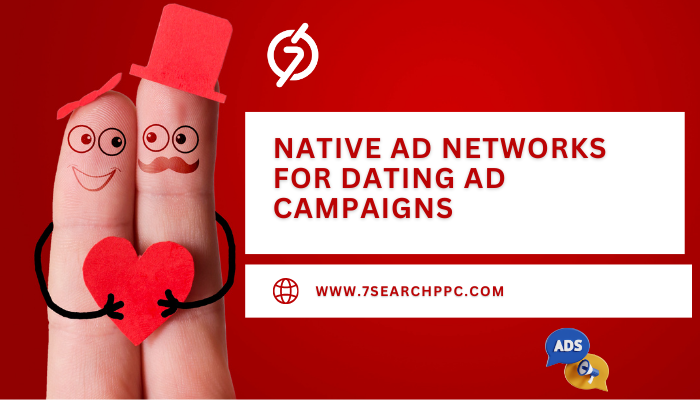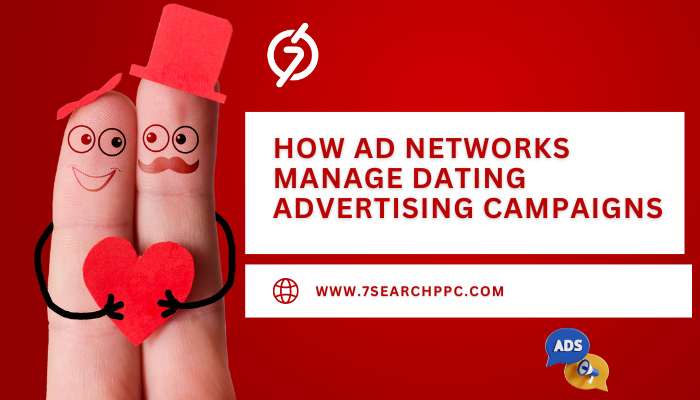In the evolving digital landscape, dating remains one of the fastest growing verticals for advertisers. The rise of mobile-first platforms, social discovery apps, and niche matchmaking services has created a highly competitive environment. For marketers exploring Dating Advertising Campaigns, the challenge is no longer about finding audiences but about reaching them efficiently, at scale, and with messages that actually convert.

The Market Insight
According to Statista, the global online dating market is expected to cross $3.6 billion in revenue by 2025. This growth isn’t just driven by user demand but also by the sheer volume of advertising dollars invested in dating promotions. From mainstream dating apps with global reach to hyper-niche platforms targeting specific demographics, advertisers are pouring significant budgets into acquisition.
Yet, growth doesn’t automatically translate into results. Advertisers often learn that buying traffic for dating verticals is unlike running campaigns for ecommerce or apps in other industries. The patterns of engagement are unpredictable, regulations vary by region, and user intent can shift rapidly depending on seasonality and platform dynamics. That’s where ad networks step in — not simply as traffic providers but as managers of complexity at scale.
Advertisers Struggle with Scale
A common challenge for advertisers in dating is scalability. Running one or two campaigns with limited targeting might yield results, but when scaling across geographies, ad formats, and publishers, the inefficiencies become costly.
For example, dating campaigns often have:
- High competition for premium placements driving up CPCs.
- Compliance challenges, as platforms demand strict approval processes for dating creatives.
- User fatigue, where audiences become blind to repetitive dating ads.
- ROI unpredictability, since conversions depend on both creative quality and funnel optimization.
This combination makes it difficult for advertisers to grow while protecting margins. Many marketers realize that running Dating Advertising Campaigns requires expertise in optimization, fraud detection, and compliance, which are often outside their in-house capacity.
How Networks Balance Complexity
Ad networks specialize in handling these pain points by providing both scale and efficiency. Let’s break down some ways they manage dating campaigns effectively:
Advanced Traffic Segmentation
Networks divide traffic by geography, device type, operating system, and user demographics. This ensures that campaigns don’t waste impressions on irrelevant users. For instance, dating offers that target urban professionals in the US are routed differently from casual dating campaigns running in LATAM.
Creative Testing at Volume
Instead of depending on one or two ad creatives, networks allow advertisers to test dozens of variations across banners, native, and push formats. This rapid testing helps identify what messaging resonates with different audiences.
Fraud Prevention and Quality Control
Dating campaigns are especially vulnerable to bot traffic. Networks apply fraud detection algorithms, IP filtering, and real-time validation tools to ensure advertisers only pay for authentic clicks and sign-ups.
Compliance Navigation
Advertising regulations for dating differ across platforms and geographies. Networks often act as compliance partners, guiding advertisers on acceptable language, imagery, and disclosures, reducing the chances of campaign rejection.
Real-Time Optimization
Campaigns are adjusted in real time based on performance signals. If a dating ad performs well on a certain publisher in Canada but fails in Europe, networks can redistribute the budget instantly, maximizing returns.
In short, ad networks act as multipliers. Instead of advertisers juggling targeting, fraud checks, and compliance individually, networks streamline these operations into one scalable process.
Smarter Advertising Approaches
The smarter path for advertisers isn’t to outspend competition but to out-optimize them. By leveraging networks, marketers gain access to infrastructure designed specifically to handle scale.
For instance, instead of guessing which creatives convert, advertisers can run structured experiments. Instead of fearing compliance rejections, they can work with networks that already know approval guidelines. And instead of fighting fraud manually, they can rely on technology that filters low-quality traffic in real time.
The end result: campaigns that deliver not only higher volumes of sign-ups but also a consistent ROI.
If you’re an advertiser exploring deeper insights, you might want to check practical strategies here: Dating Advertising Campaigns Tips to Design Creative Dating Ads.
Scaling Across Formats – Why It Matters
Another factor in scaling dating campaigns is ad format diversification. Users behave differently across display, native, push, and in-app placements.
- Native ads integrate smoothly into dating or lifestyle content, driving higher engagement.
- Push ads work well for urgency-driven messaging, like limited-time promotions.
- Display banners are effective for broad awareness.
- Video ads drive storytelling and emotional connection, crucial for dating platforms.
Networks manage inventory across all these formats, enabling advertisers to align campaign goals with the right creative style.
Data-Driven Execution
One of the biggest advantages ad networks bring is their data depth. With thousands of dating campaigns already flowing through their platforms, networks understand historical patterns:
- Which geos convert best for casual vs. serious dating offers.
- What ad creatives drive the highest CTR.
- Seasonal spikes in dating sign-ups (Valentine’s Day, holiday seasons, etc.).
Instead of trial and error, advertisers can tap into this intelligence to design more informed campaigns. For example, if you are new to the vertical, using a Dating Ad Network that already has benchmarks can cut learning curves significantly. Explore such solutions here: Dating Ad Network.
Advertiser Perspective – A Practical Lens
From conversations with advertisers in this space, one recurring insight is that success comes less from chasing volume and more from orchestrating quality at scale. Many marketers initially burn through budgets by testing traffic sources directly. But those who shift toward structured campaigns with ad network support tend to see better ROI.
Consider this:
- Direct buying might expose advertisers to fraud and low-quality publishers.
- Networks, by contrast, have established vetting processes.
This doesn’t mean networks are perfect, but for advertisers seeking growth beyond small-scale experiments, they provide leverage that is hard to replicate in-house.
By the time advertisers understand how networks manage dating marketing campaigns, many are ready to act. The logical next step is to test structured campaigns under a trusted system. For those exploring dating verticals seriously, registering to create an ad campaign is often the point of action.
Conclusion – Scaling with Clarity
Scaling dating advertising is not about throwing money at traffic sources. It’s about structure, optimization, and compliance, all managed at scale. Ad networks make this possible by reducing complexity and enabling advertisers to focus on strategy rather than firefighting operational issues.
The dating industry is only going to get more competitive. Advertisers who learn to scale smartly, using the right networks and approaches, will be the ones who win long term.
 :
https://www.pinterest.com/7search_ppc_ads/
:
https://www.pinterest.com/7search_ppc_ads/

